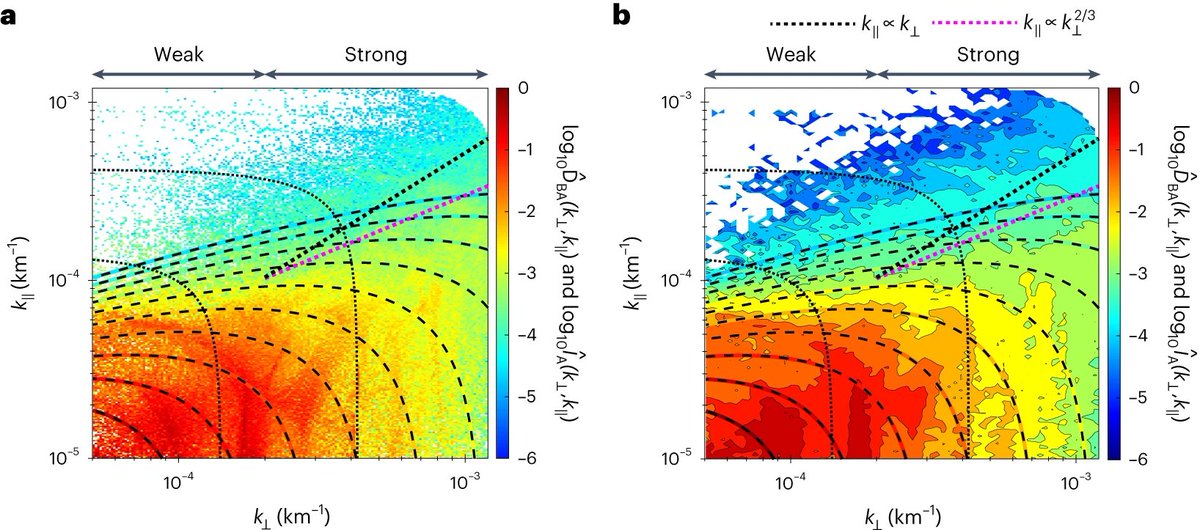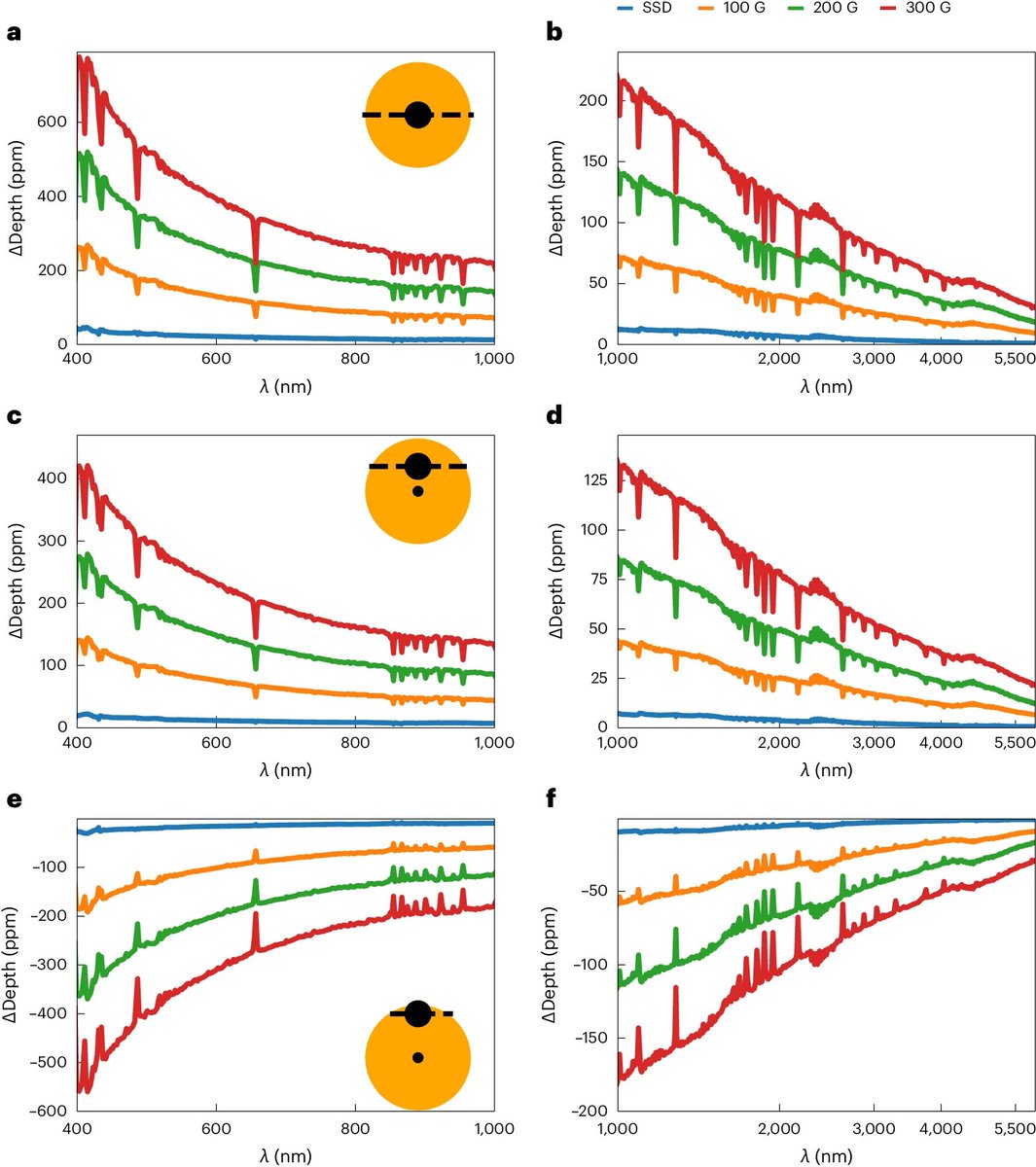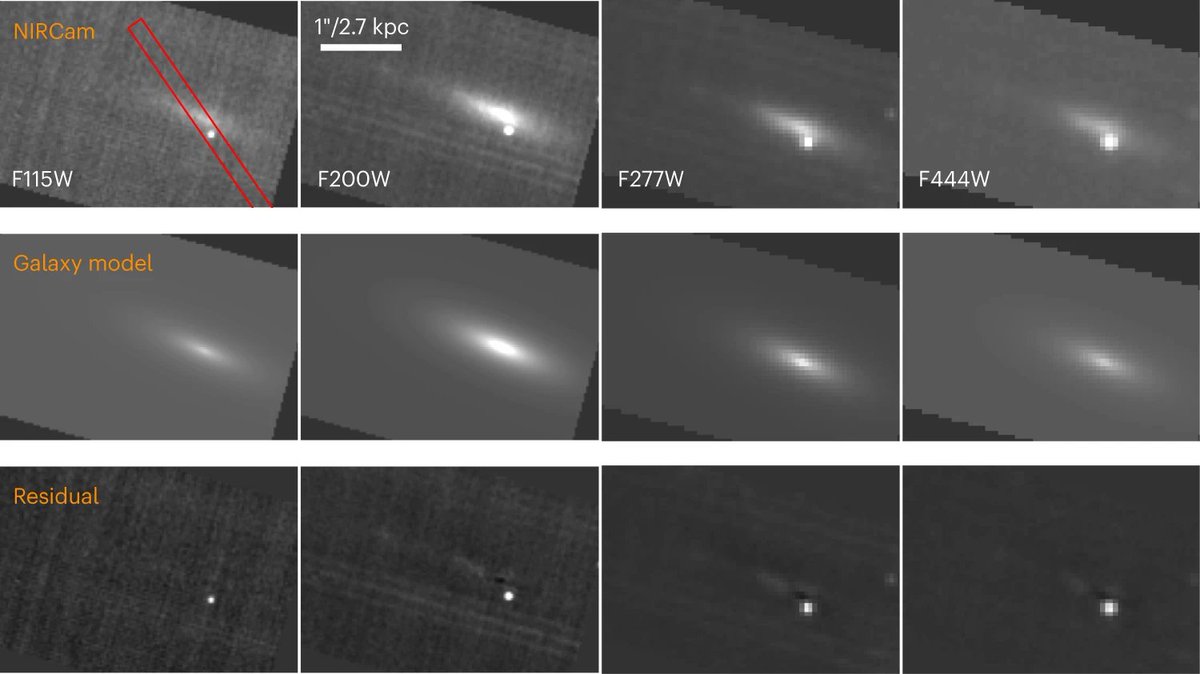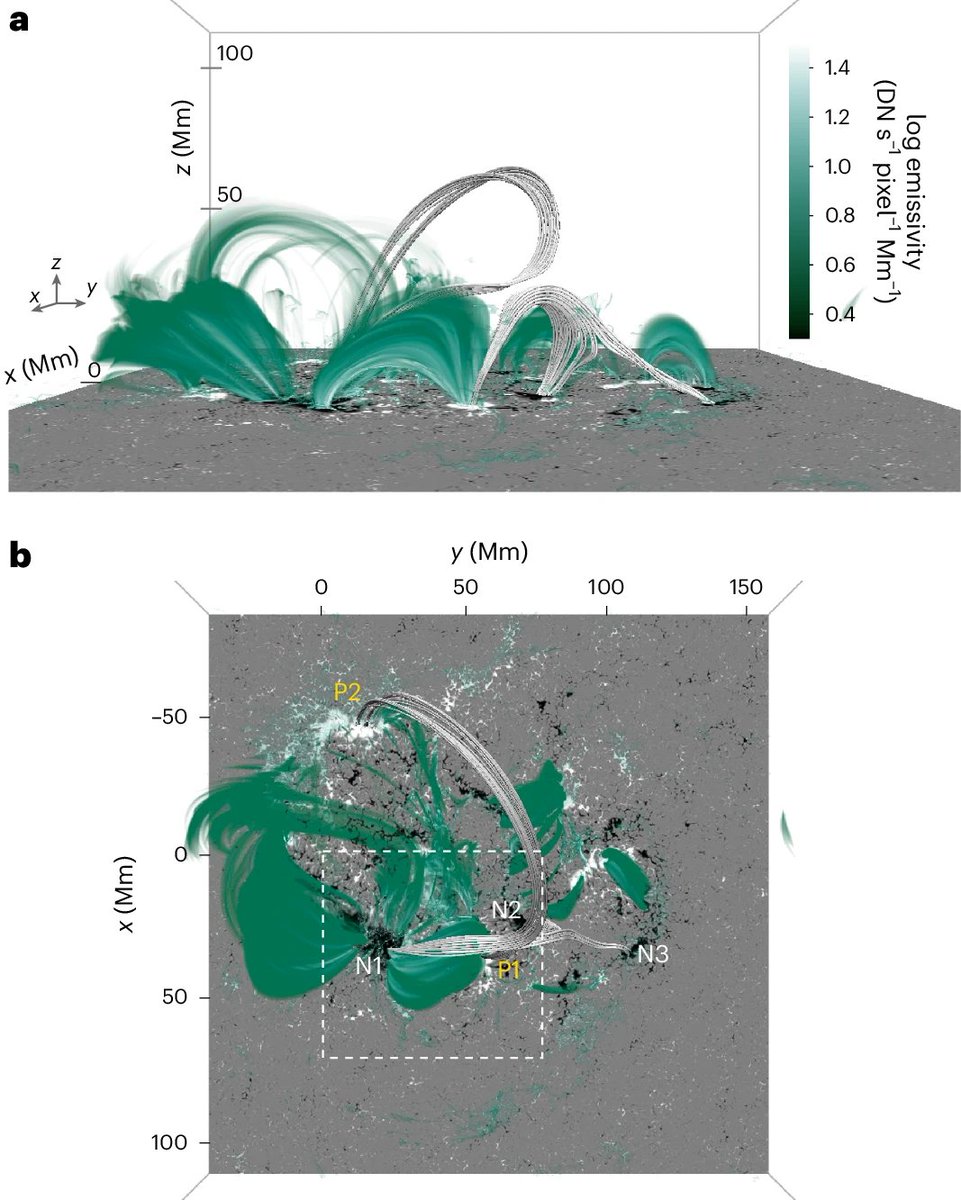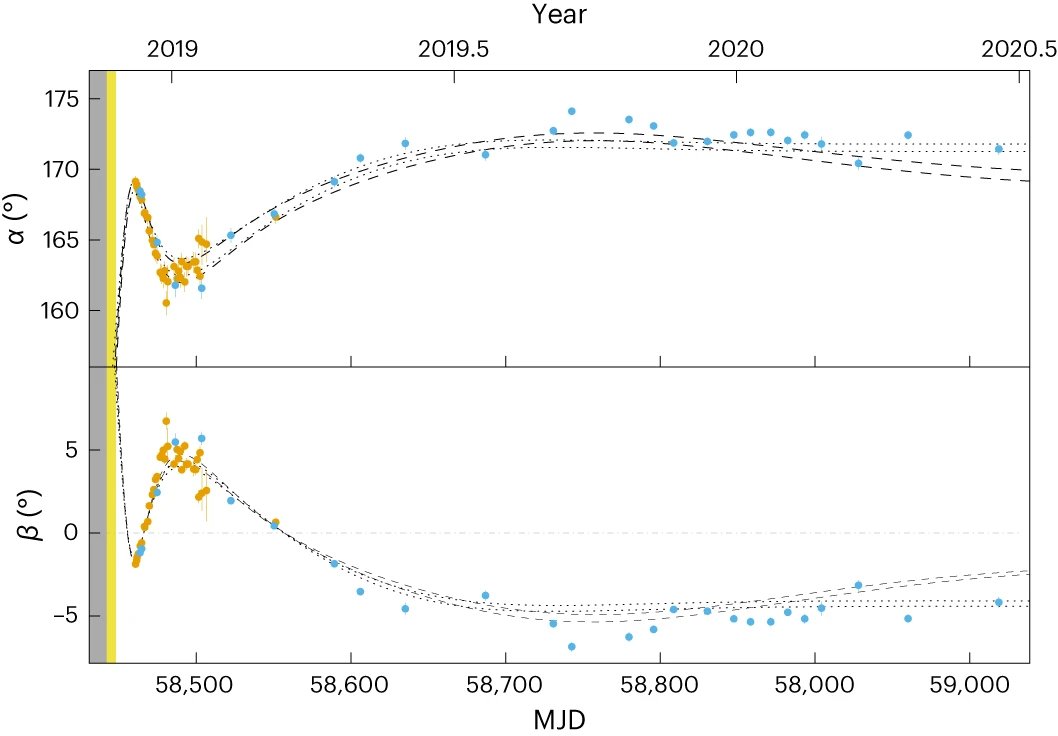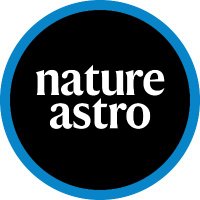
Nature Astronomy
@NatureAstronomy
A Nature journal dedicated to presenting the very best research across the disciplines of astronomy, astrophysics, cosmology and planetary science.📡
ID:3832891391
https://www.nature.com/natastron/ 01-10-2015 11:06:50
6,7K Tweets
41,7K Followers
1,4K Following
Follow People


What would happen if a spacecraft collided with an asteroid? The asteroid moon Dimorphos may have been reshaped following the impact from NASA’s Double Asteroid Redirection Test (DART), according to a paper published open access in Nature Astronomy: nature.com/articles/s4155…






On its way to Mercury, BepiColombo flew by Venus for the second time and could measure the flux of heavy planetary ions like O+ and C+ in the flank of Venus's induced magnetosphere, escaping from the atmosphere. lina hadid et al.: nature.com/articles/s4155…



A research team led by Kristina Kislyakova from Universität Wien has for the first time directly detected #stellarwinds from three Sun-like stars by recording the X-ray emission from their #astrospheres , and placed constraints on the mass loss rate of the stars via their stellar winds.
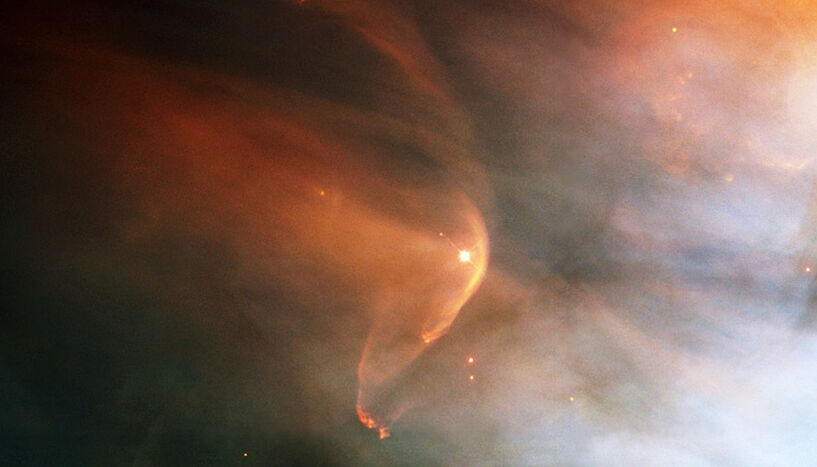




Out now in Nature Astronomy: the first definitive detection of linearly polarised radio waves being converted into circular waves around one of the Universe’s strongest magnets!
nature.com/articles/s4155…


Using the Murriyang and Lovell telescopes, astronomers discovered the radio pulses from a rare, radio-loud magnetar displayed a mysterious conversion in their polarization state that are linked to changes in its magnetic field geometry. Marcus Lower et al.: nature.com/articles/s4155…






